Roth Heating & Air’s Guide to Fall Indoor Air Quality Optimization

As the leaves begin to change color and the crisp air settles in, fall presents not only a picturesque season but also a series of challenges for allergy sufferers. With pollen from ragweed, dust mites, and the potential for mold spores, maintaining optimal indoor air quality becomes crucial. At Roth Heating & Air, we understand the importance of indoor air quality optimization during this allergy season. Our guide will explore how you can effectively manage your home’s air quality and mitigate allergy symptoms through proper HVAC system management.
Understanding Fall Allergens and Their Impact on Indoor Air Quality
During the fall, a variety of allergens can invade your home and compromise indoor air quality. Ragweed pollen is notorious for causing seasonal allergies and can travel miles, entering homes through open windows and doors. Dust mites, thriving in warmer and humid conditions, can exacerbate allergies as the weather transitions. Mold spores, which can flourish in damp, rainy conditions typical of fall, are another common trigger. These allergens contribute to symptoms such as sneezing, itchy eyes, and asthma flare-ups. Although outdoor exposure is often unavoidable, the indoor environment can be controlled. Awareness of these specific fall allergies is the first step toward mitigating their impact and maintaining a healthy indoor air quality .
The Role of HVAC Systems in Managing Indoor Air Quality
Your HVAC system is crucial for maintaining indoor air quality by filtering and circulating air throughout your home. One key component is the air filters, which can trap allergens such as pollen and dust mites. High-efficiency particulate air (HEPA) filters are particularly effective in capturing a larger percentage of these particles.
Routine maintenance of your HVAC system is essential to ensure it operates efficiently. This includes cleaning ductwork to prevent the accumulation of dust and debris that could circulate harmful particles. Regular maintenance checks also help identify and rectify any issues that might impede your system’s performance.
Your HVAC system also plays a role in controlling humidity levels, which is important for mitigating mold growth and dust mite proliferation. Properly balanced humidity levels can significantly reduce the number of allergens in your home, contributing to a healthier indoor environment.
Effective HVAC Maintenance Tips for Optimal Air Quality
To ensure that your HVAC system effectively contributes to indoor air quality optimization during the fall, regular maintenance is key. Here are some essential tips:
- Change Air Filters Regularly : This is one of the simplest yet most impactful ways to maintain air quality. Depending on usage and the type of filter, they should be replaced every 1-3 months to ensure efficient filtration of allergens.
- Schedule Routine Inspections : Annual HVAC inspections by trained technicians can help identify potential issues, clean the ducts, and ensure your system is operating at peak performance.
- Clean Ducts and Vents : Dust, pollen, and other debris can accumulate in your ducts over time. Professional cleaning can enhance airflow and minimize the spread of allergens throughout your home.
- Check Humidity Levels : Keeping indoor humidity levels between 30-50% can help control dust mites and mold growth. If needed, use a dehumidifier to manage moisture levels effectively.
- Seal Leaks in Ductwork : Ensure your ductwork is properly sealed to prevent dust and other allergens from entering the system and circulating through your home.
- Optimize Thermostat Settings : Adjust your thermostat settings to maintain a consistent and comfortable indoor temperature, which can help minimize humidity and inhibit mold growth.
By adhering to these maintenance practices, you can ensure your HVAC system not only keeps your home comfortable but also significantly reduces allergy triggers.
Utilizing Advanced HVAC Technologies for Air Purification
In today’s market, advanced HVAC technologies can significantly enhance indoor air quality, providing an additional layer of protection against fall allergens. UV Light Air Purifiers, for instance, use ultraviolet light to kill bacteria, mold, and viruses as air passes through your HVAC system, making them particularly effective during mold-prone seasons. Ionizers are another excellent option; they emit charged particles that bind to airborne allergens, causing them to clump together and drop out of the air, facilitating easier filtration.
Whole-home air purifiers integrate seamlessly with your HVAC system to filter and purify the air throughout your entire home, unlike portable units that only serve single rooms. These advanced systems are designed to work continuously, ensuring that every breath you take inside your home is as clean as possible. Upgrading to one of these technologies can offer peace of mind and a significant reduction in allergy symptoms.
At Roth Heating & Air, we can help you explore these cutting-edge solutions and tailor them to your specific needs. Whether you are battling pollen, dust mites, or mold spores, these advanced HVAC technologies offer a robust line of defense, ensuring your indoor environment remains healthy and comfortable during the fall season.
Additional Tips for Improving Indoor Air Quality During Fall
Beyond managing your HVAC system, there are numerous ways to further boost your home’s indoor air quality during the fall. Start by keeping windows closed, especially on windy days and when pollen counts are high, to prevent allergens from entering your home. Regular cleaning is essential; vacuum and dust frequently using a vacuum with a HEPA filter, and wash bedding and curtains in hot water to eliminate dust mites and pollen.
Opt for natural cleaning products, as conventional ones can release volatile organic compounds (VOCs) that may exacerbate allergies. Setting up a mudroom or entryway space can significantly reduce the amount of pollen and dirt tracked indoors—place mats at entrances for shoe wiping.
Consider using an air quality monitor to keep tabs on your indoor environment. These devices can help you identify and address air quality issues promptly, ensuring a healthier living space. By incorporating these additional strategies, you can create a sanctuary in your home that keeps allergens at bay throughout the fall season.

 Roth Heating & Air
Roth Heating & Air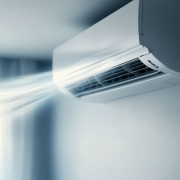 Roth Heating & Air
Roth Heating & Air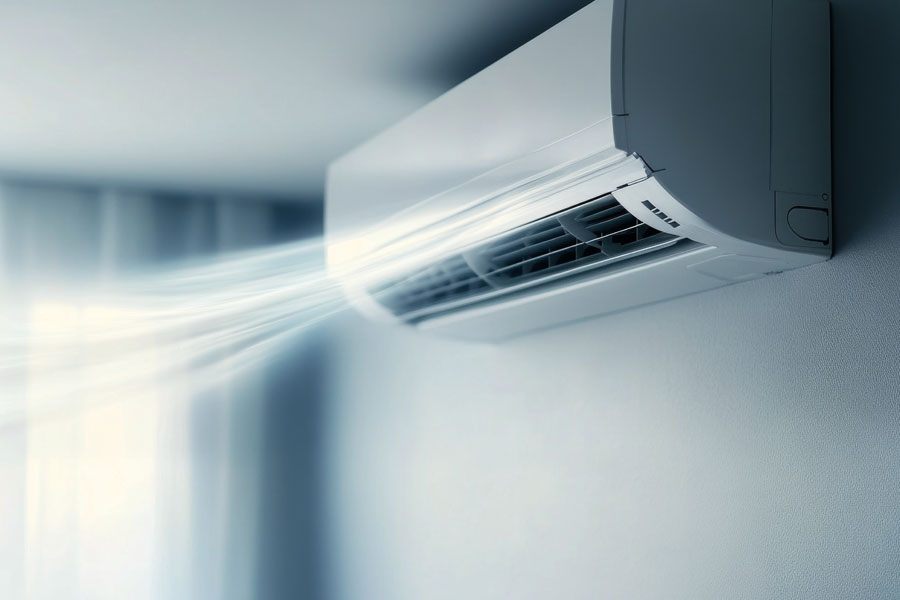
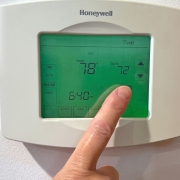 Roth Heating & Air
Roth Heating & Air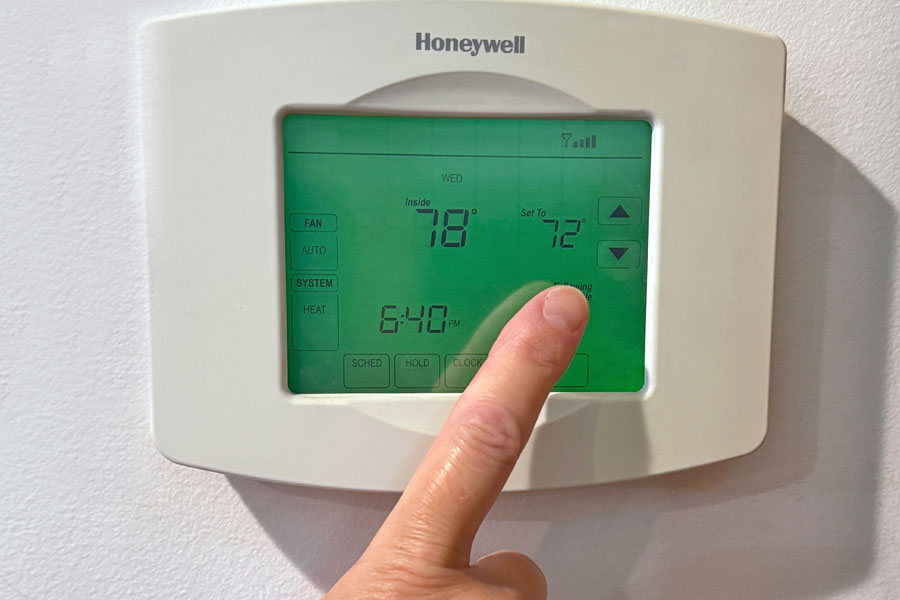
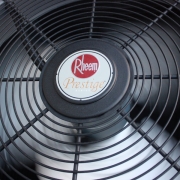 Roth Heating & Air
Roth Heating & Air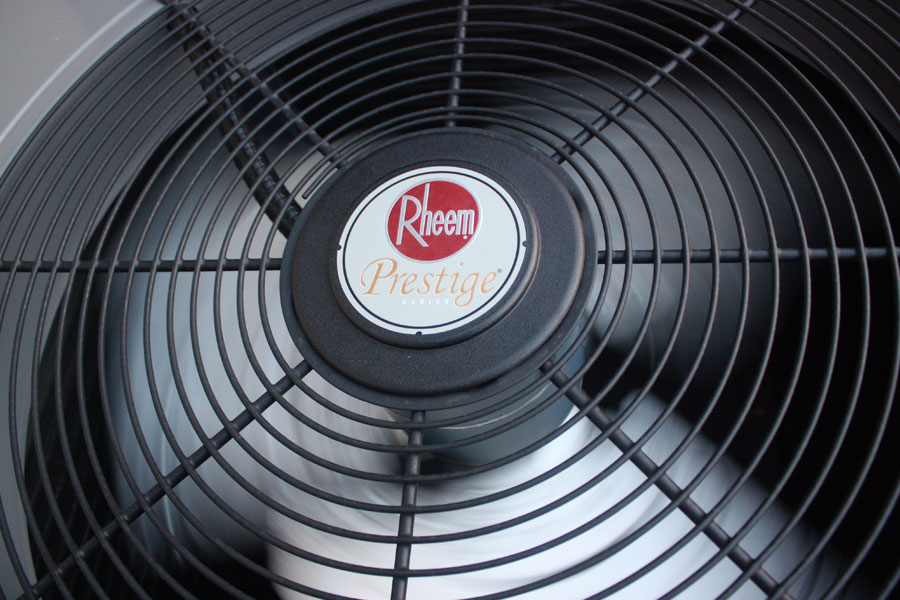
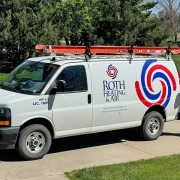 Roth Heating & Air
Roth Heating & Air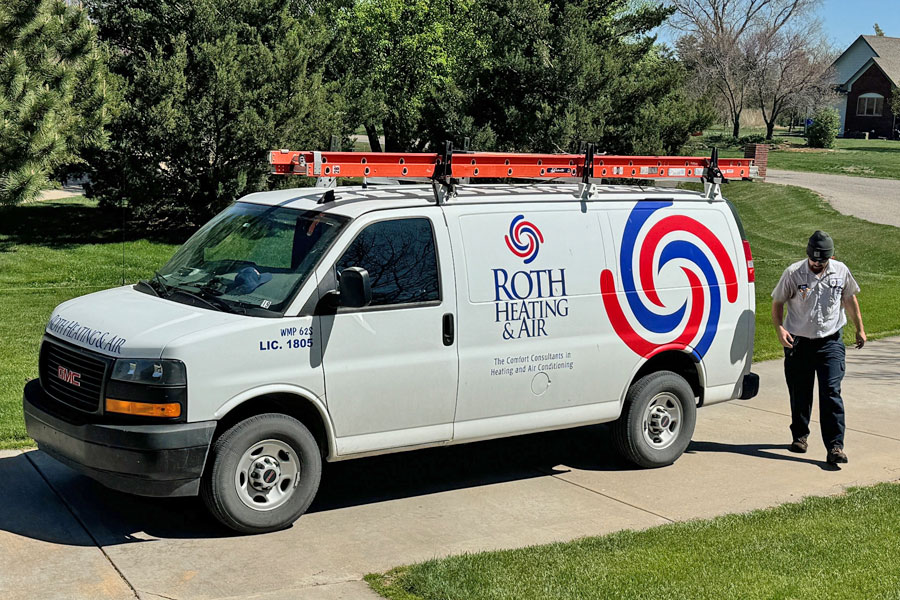
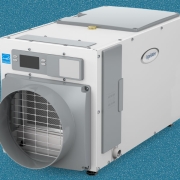 Roth Heating & Air
Roth Heating & Air
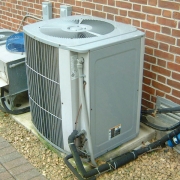 Roth Heating & Air
Roth Heating & Air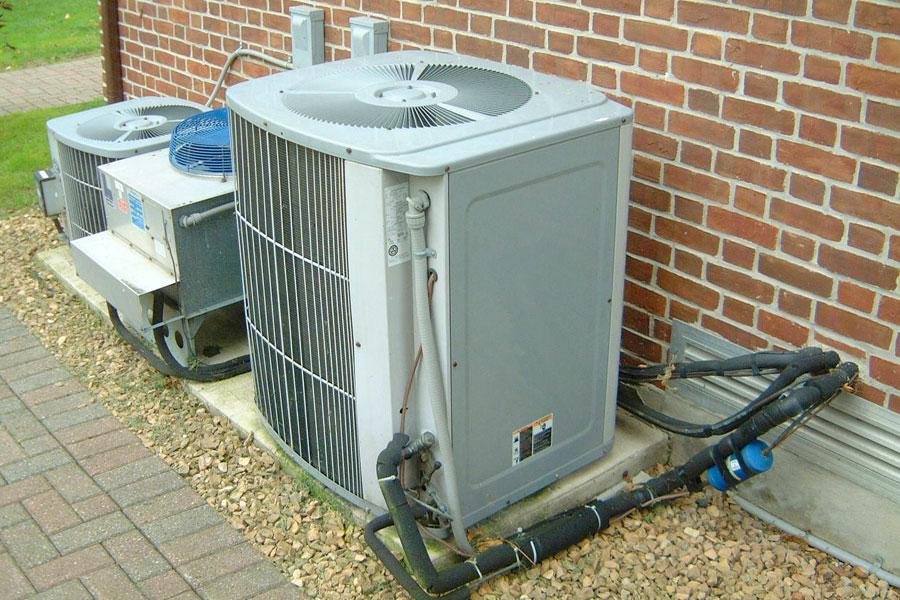
 Roth Heating & Air
Roth Heating & Air
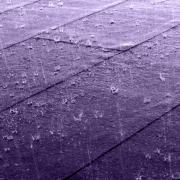 Roth Heating & Air
Roth Heating & Air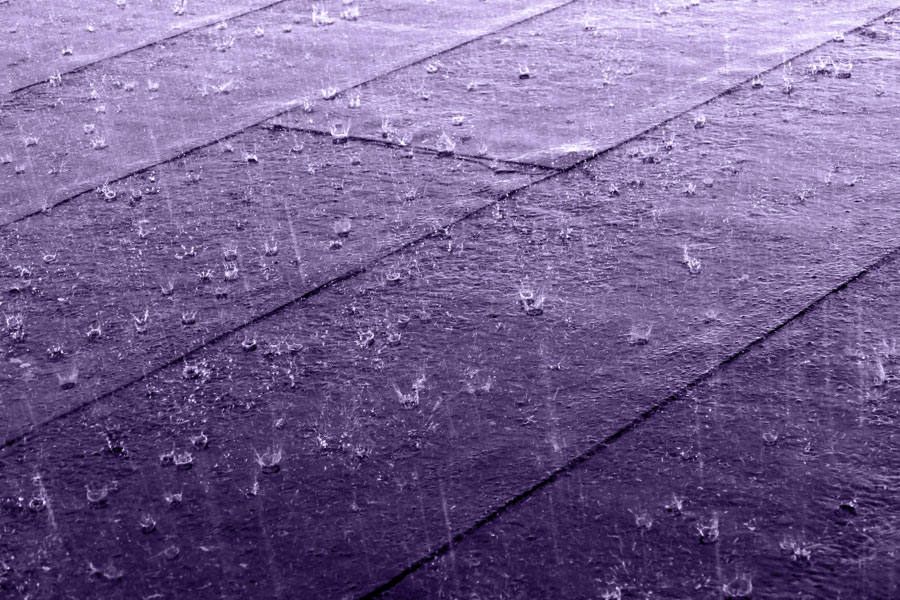
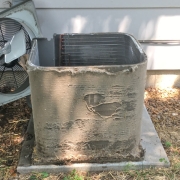 Roth Heating & Air
Roth Heating & Air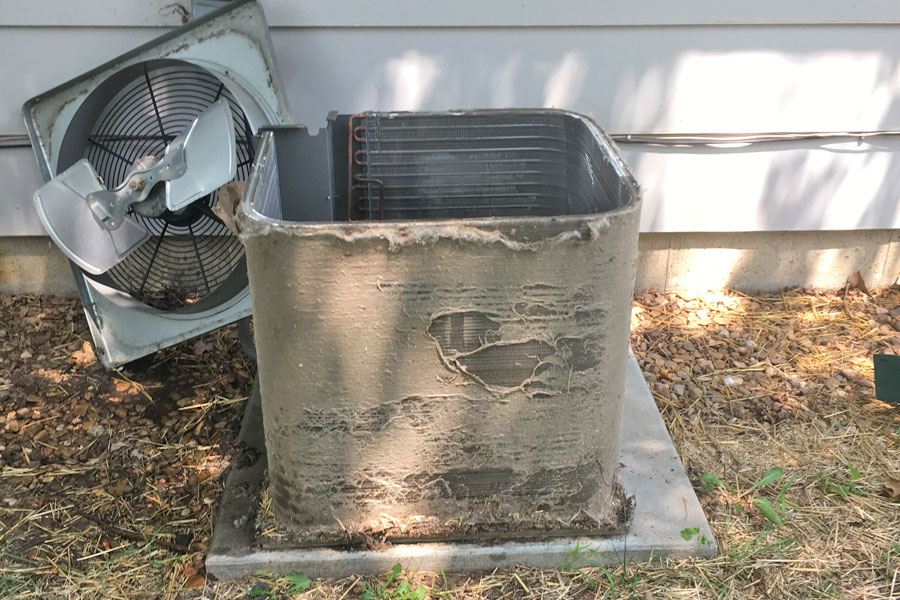
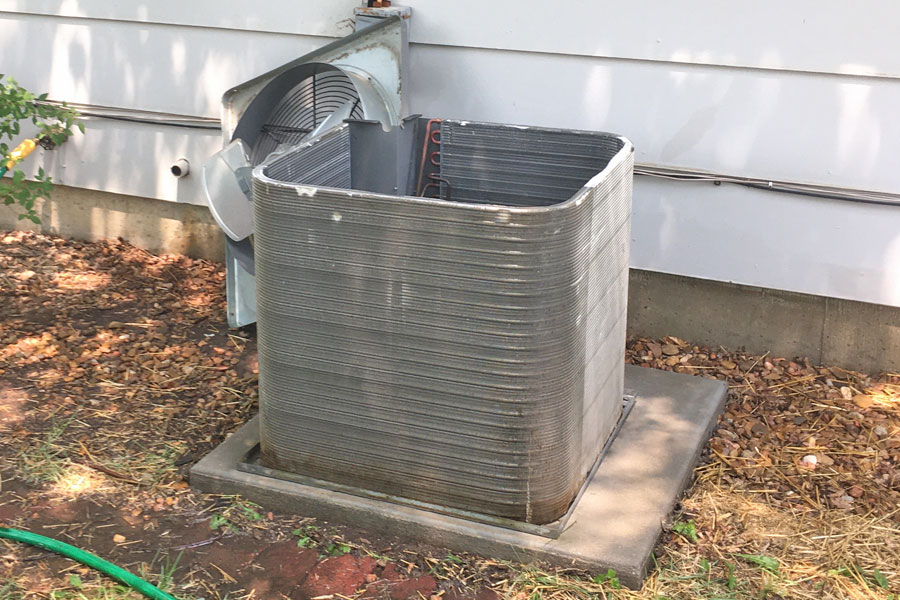
Follow Us!